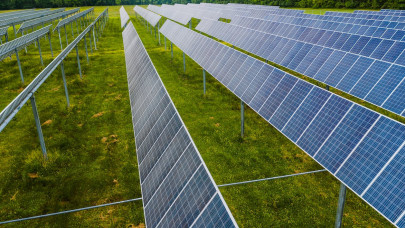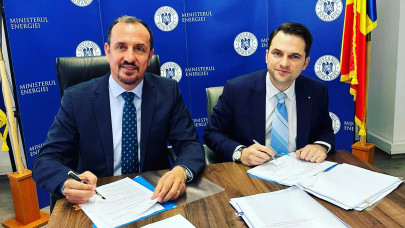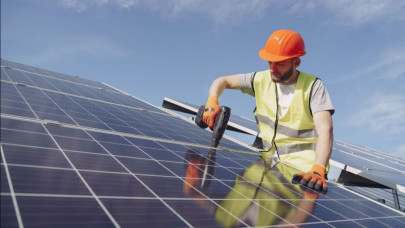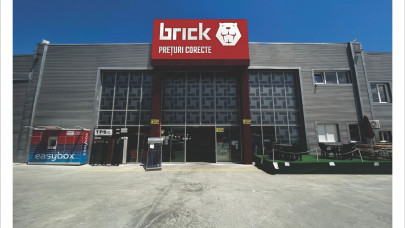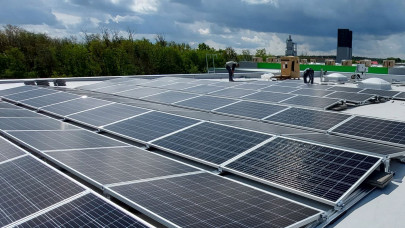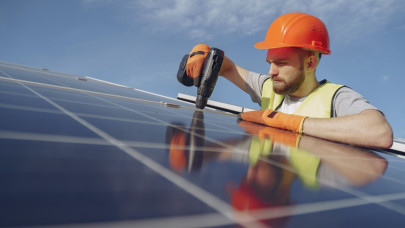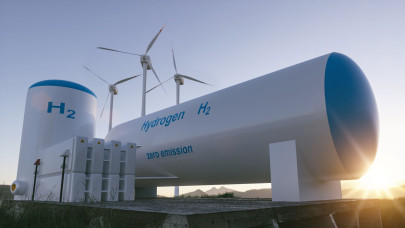In total, there is about €14 billion, money that can be attracted until 2030. Of these, almost €10 billion are oriented towards renewable energy, energy efficiency, energy storage, or the energy network. About €4 billion also go towards other investments, but on the condition that they lead to a decrease in greenhouse gases.
"The year 2023 is a favorable year for financing because we lost two years from the temporary framework 2021 - 2027 and now a lot of programs are being launched this year. We now also have the Modernization Fund with financing that addresses companies from SMEs to large companies, companies that usually do not have access to financing, as well as town halls and public institutions. We have two components: one for production, that is, for those who want to build a photovoltaic park to sell energy, and we have a component for self-consumption. There, the condition is to consume at least 70% of what the photovoltaic system produces", declared Răzvan Gălăţan.
In the self-consumption component, in the conditions for town halls, there is a part that says that photovoltaic parks can be located on land somewhere at the entrance to a city or village and this photovoltaic park can serve all the energy that is paid for by the town hall the level of the respective locality.
"We already have some very good discussions with the town halls that will make these photovoltaic parks for public lighting for the town hall building, for everything they have under their control", he adds.
Gălățan says that the Modernization Fund is a somewhat different program from the programs we are used to because there is a limit per installed megawatt. "For example, in the last version of the guide, the version that went to the European Commission, we will have a limit of €1 million per installed megawatt for systems under 1 megawatt and a limit of €500,000 for systems over 1 megawatt per megawatt installed."
That's because once the system is bigger, your cost per megawatt goes down. The most interesting part of the program is that we do not have a selection grid, but only a criterion. It is an auction, that is, whoever requests the least amount of money per installed MW enters the financing first, a ranking is made in this order, so if someone wants to ask for €1 million for less than one megawatt, they will not enter the financing", he explained.
In addition to these programs, there is also a scheme for the agricultural sector, one for which there is still no guide in public consultation.
"It is a scheme long awaited by farmers and agriculturists, a kind of AgroVoltaic. The production component is not included there, only the self-consumption component is included because it is intended for those who work in the fishing or agricultural sector. Those who need a park under 1 MW can take up to €1 million, also provided that it is part of the auction, and those over 1 MW can take up to €500,000 per MW. From the first discussions with our larger clients, it appears that they are extremely interested in this scheme", said the representative of Goodwill Consulting.
In order to get this financing, first of all, a company must turn to a consulting firm, considering that the documentation is quite complex, Gălăţan believes.
"I would not advise anyone to do such a project on their own, they also need an engineer in this area of electricity, who must carry out a feasibility study. This Modernization Fund came in the context of the energy crisis because, with the start of the war, we found ourselves in an energy crisis, an increase in energy prices throughout the European area, and at that time the PNRR was already discussed, approved, all the components were done", concluded Răzvan Gălățan.



